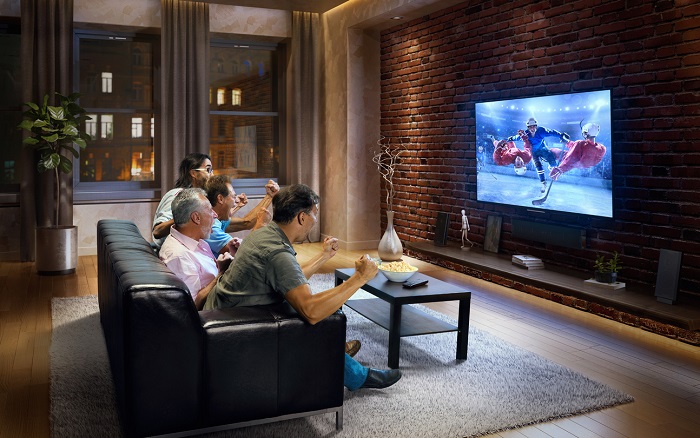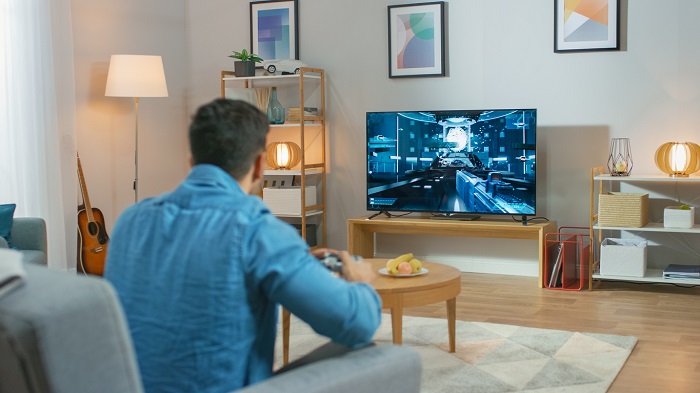A technology known as 8K is the newest development in the screen-resolution market, following its 4K predecessor. The main difference between 4K and 8K screens is the resolution which relates to the picture quality. 4K has double the resolution of an older 1080p screen, 2840 by 2160 pixels and an 8K screen doubles that size to 7680 by 4320 pixels. This means a higher pixel-per-inch count on 8K screens, which increases the detail visible on the screen, improving your picture.
There are a few things to note before jumping into the 8K world.
If switching to 8K, you'll need an 8K television,a high-speed connection, and a faster internet plan for streaming 8K content when available. As the highest-quality resolution available, 8K streaming generally takes up a large amount of bandwidth and requires HDMI 2.1 for connecting to local devices if you want to take advantage of all the picture quality.
Most of today’s TVs, and content for that matter, are in 4K resolution. There is a very limited amount of content natively in 8K, meaning you won't get to experience the full potential of what your 8K display has to offer until that content is created.
However, that doesn't mean you can't view any content on an 8K display. The image processing inside 8K televisions converts lower-resolution content for optimal viewing on an 8K screen. Some 8K televisions even have processors to increase video quality by filling in spaces and adding detail to lower-resolution content. In short, an 8k TV will make 4K or older 1080p content look better.

That brings into question the visible difference in detail between 4K and 8K resolution. In a study by Warner Bros., participants viewed content on both 4K and 8K screens. They found that the 8K clips were rated only "marginally slightly better" or "slightly better" than those in 4K. In some instances, people actually rated the 4K viewing better than 8K.
If you find the detail in your 4K screen to be above par for the content you're viewing, chances are you won't notice too much of a difference in an 8K display, especially without any native 8K content out there, that is until you start to get a large television.
Larger TV’s need more pixels to fill the space. If you take the same amount of pixels on a 42” model then they are closer together and the quantity is less important. If you took the same amount of pixels and put it on an 82” TV, you have more space and the greater amount of pixels will ensure your picture looks nice and clear from any distance.

If you're looking to learn more about 4K and 8K televisions, we can help you learn more and find the display that's best for you. Contact us so we can help design and install a system that’s right for you with the technology that can best fit your needs.